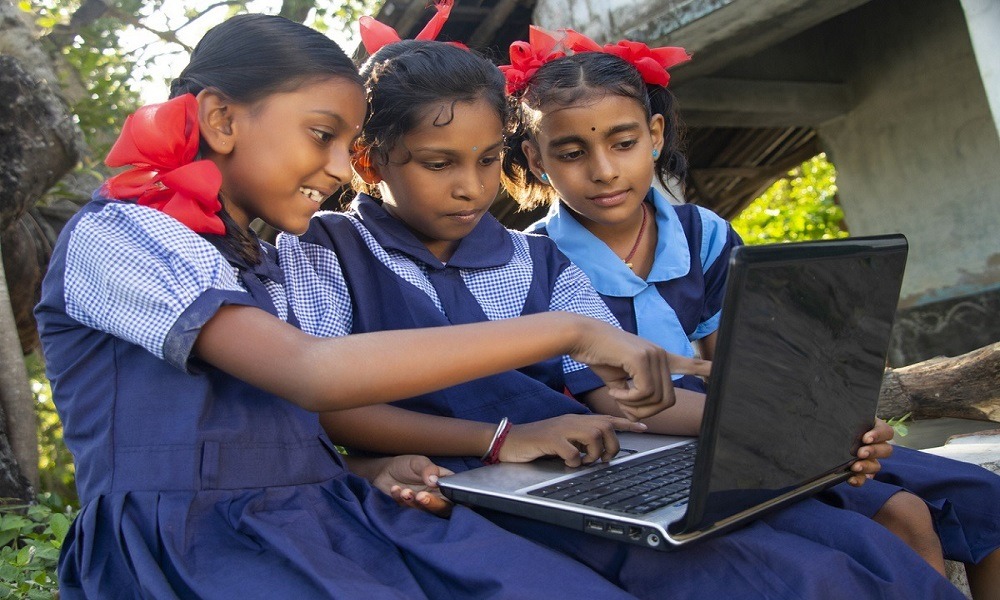In today’s increasingly digital world, access to technology is more than just a convenience—it’s a crucial determinant of economic opportunity and social mobility.
However, for many individuals and communities living in poverty, the digital divide represents a significant barrier to accessing essential resources and opportunities, perpetuating cycles of economic hardship and exclusion.
Limited Educational Opportunities
One of the primary ways that lack of access to technology deepens poverty is through limited educational opportunities. In many parts of the world, students rely on digital devices and internet connectivity for distance learning, research, and accessing educational resources.
Without access to these tools, students from low-income households struggle to keep up with their peers, leading to lower academic performance and reduced prospects for higher education and skilled employment.
Limited Access to Information and Resources
Technology serves as a gateway to information and resources that can improve livelihoods and economic prospects. Individuals without access to technology are often unable to access job listings, online training programs, financial services, or healthcare information.
This lack of information access limits their ability to make informed decisions and access opportunities for economic advancement.
Barriers to Remote Work and Entrepreneurship
The COVID-19 pandemic highlighted the importance of remote work and digital entrepreneurship for economic resilience. However, individuals without access to technology are unable to participate in remote work or start online businesses, further limiting their income-earning potential. This perpetuates economic dependence and exacerbates poverty.
Financial Exclusion
Access to technology is closely linked to financial inclusion. Many basic financial services, such as banking and payment systems, are increasingly digital. Without access to smartphones or computers, individuals may struggle to access banking services, save money securely, or participate in digital payment ecosystems.
This exclusion from the formal financial sector can trap individuals in a cycle of financial vulnerability and limited economic mobility.
Social and Political Exclusion
In addition to economic consequences, lack of access to technology can lead to social and political exclusion. Online platforms play a crucial role in civic engagement, advocacy, and accessing government services.
Individuals without technology access may find themselves marginalized from important social networks and unable to participate meaningfully in democratic processes.
Addressing the Digital Divide
To combat the deepening impact of technology inequality on poverty, concerted efforts are needed to bridge the digital divide. This includes:
Infrastructure Development: Investing in broadband infrastructure and expanding internet connectivity to underserved areas.
Promoting Digital Literacy: Providing training programs to enhance digital literacy skills and empower individuals to use technology effectively.
Subsidized Access Programs: Implementing initiatives to make technology more affordable through subsidies or community programs.
Public-Private Partnerships: Collaborating with tech companies and NGOs to develop inclusive technology solutions tailored to the needs of underserved communities.
CONCLUSION:
At Fikrah, we recognize the transformative potential of technology in alleviating poverty. By advocating for policies that promote equitable access to technology and supporting initiatives that empower individuals through digital literacy and connectivity.
We can break down barriers and create pathways to economic opportunity for all. Together, let’s bridge the digital divide and build a more inclusive and equitable future.
Click here to know more about “5 Ways Technology is Fighting Global Poverty”

